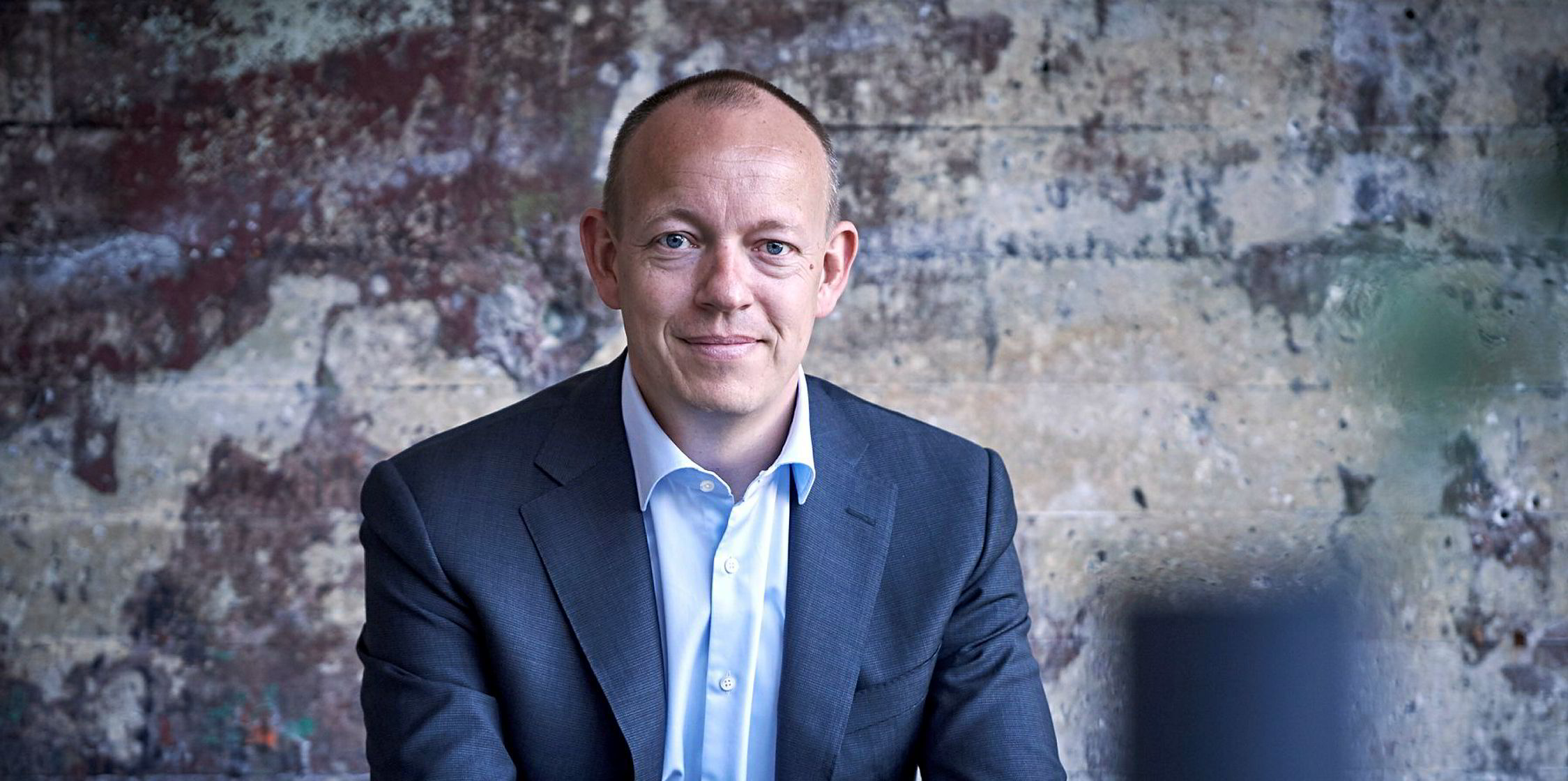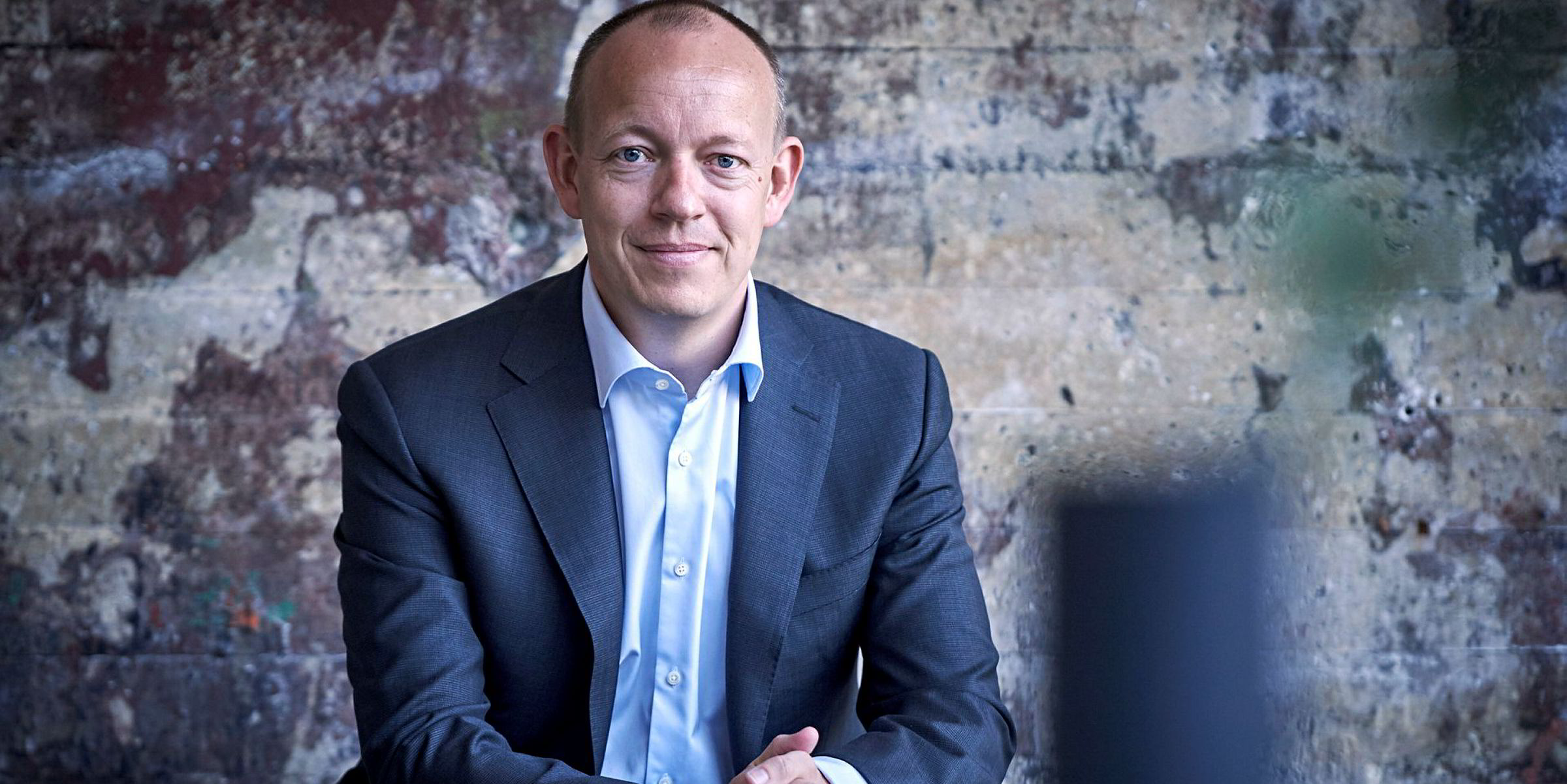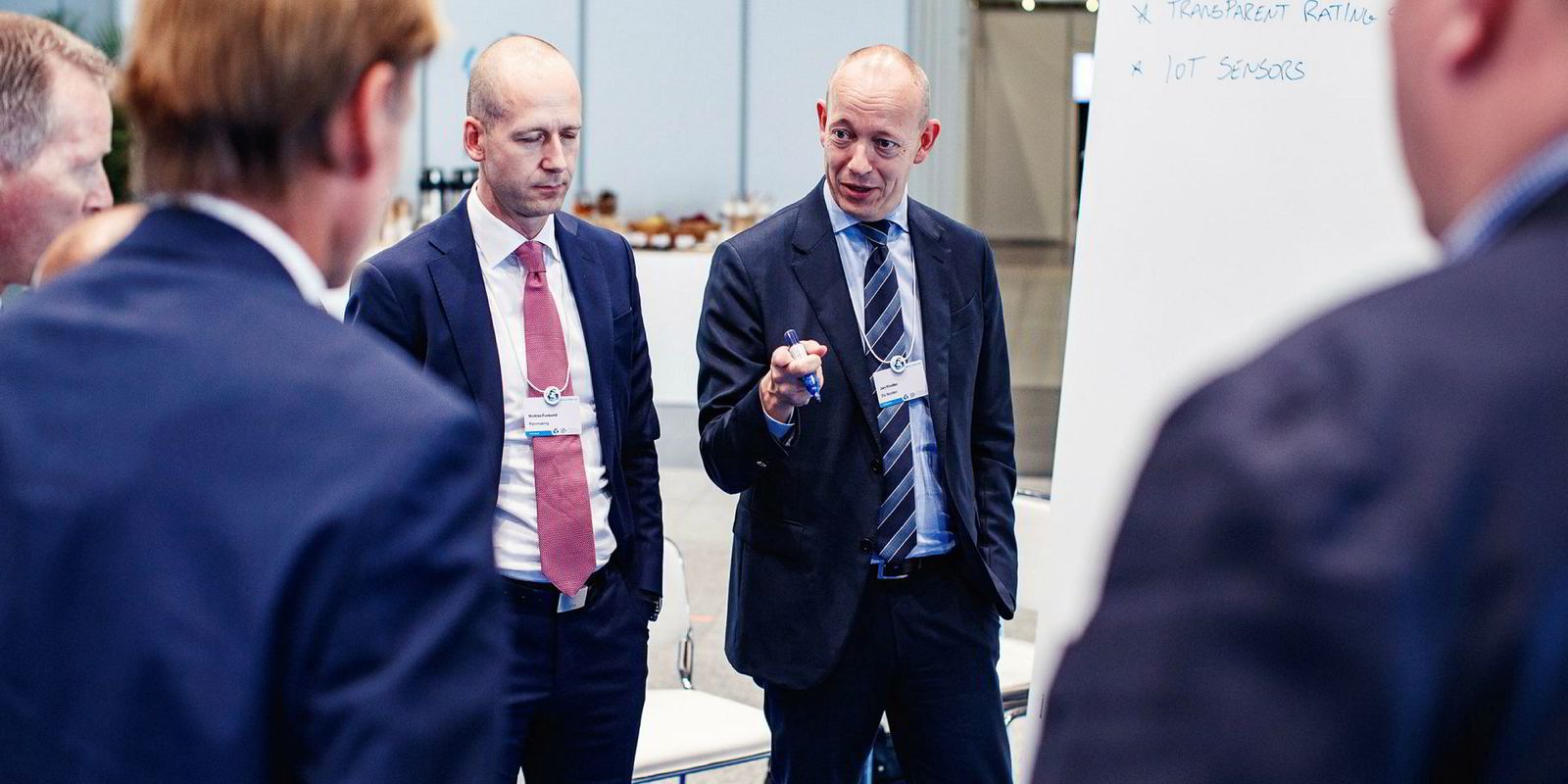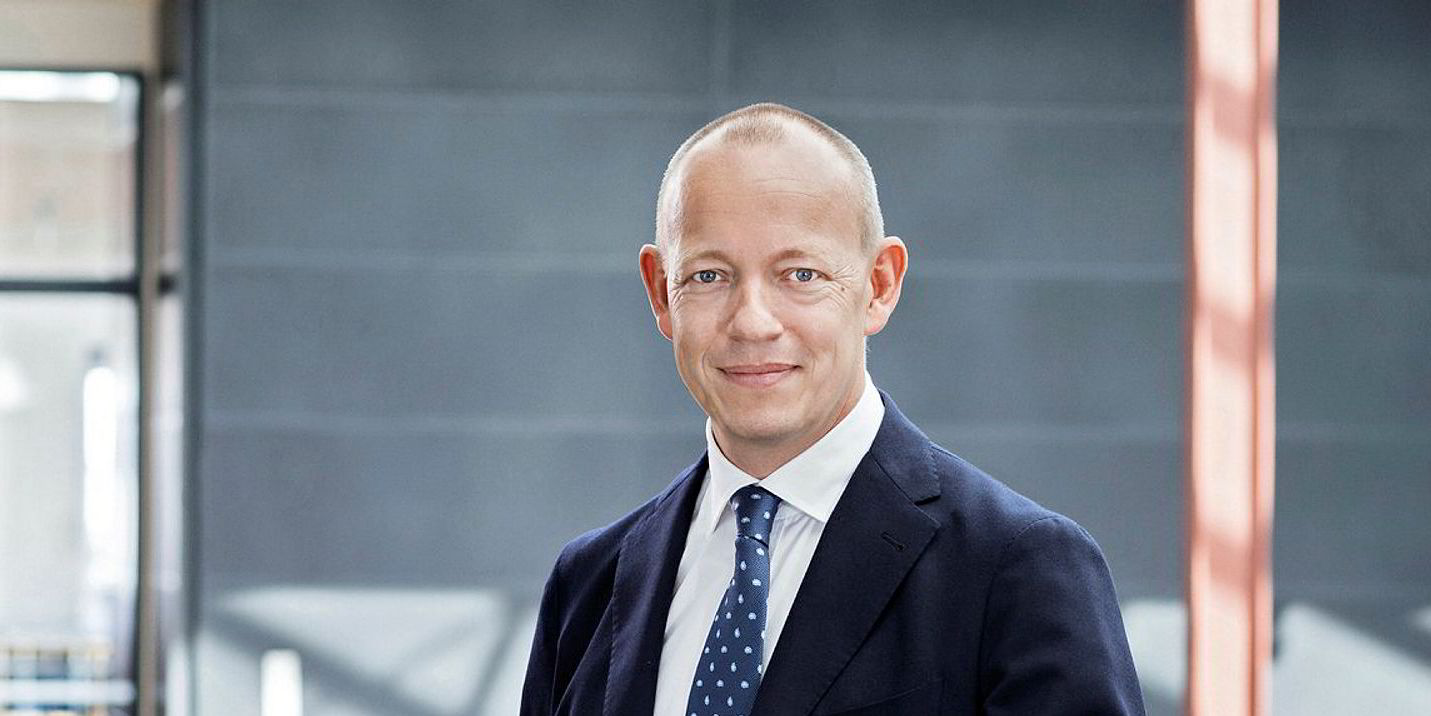Norden revealed time charters in and out of its tanker fleet, the sale of a fifth bulker this year and a fresh loan as it rolled out weaker than expected second quarter results.
The Danish shipowner saw adjusted losses from all three key divisions in the quarter, having ironically been caught out by the bulker market being more resilient than it expected.
The company is, however, keeping its full-year forecast in place.
In its second quarter report, Norden said it had continued to expand its time-chartered capacity with two scrubber fitted MR tankers on five-year deals from delivery in 2020.
At the same time, with IMO 2020 driving demand, Norden fixed out four tankers from its core fleet at between $17,000 and $19,000 per day.
Jan Rindbo, chief executive of Norden, said: “Not surprisingly, it is eco, scrubber fitted tankers that are in high demand,
“This supports our decision to equip part of the owned and long-term chartered fleet with scrubbers.”
Norden has an owned fleet of 23 tankers and 36 additional ships on charters of between one and five years.
TradeWinds reported last week Norden had sold the 57,000-dwt Nord Manatee (built 2010) to Thanassis Martinos-backed Eastern Mediterranean Maritime.
In its quarterly report Norden said it had sold one bulker in the period to continue the reduction of its owned dry cargo fleet to a maximum of 15 ships under its asset light strategy.
Following the transaction, Norden has 13.5 owned bulkers and two newbuildings set for delivery in 2020. It also has 38 bulkers on long-term time charter.
Fresh loan secured

The second quarter also saw Norden bank a new $200m from Danish Ship Finance to repay two existing facilities, bringing both an improved repayment profile and lower expenses.
The developments were all disclosed as Norden booked an adjusted loss of $12m for the quarter, against a gain of $4m at the same stage a year ago.
Analysts at DNB Markets said core operating profit of $35m missed the $49.2m consensus by a wide margin.
Caught short
Rindbo said: “Trade tensions between the US and China. A weak macro-economic outlook. Declining Brazilian and Australian iron ore exports and a swine flu epidemic sweeping through Chinese livestock.
“The second quarter had it all and yet the dry cargo market turned out to be more resilient than expected.”
This hurt results at the company’s Dry Operator division, which had been positioning for a weaker market with more cargo than ships and was caught on the wrong foot.
The division saw a loss of $6m for the second quarter but is still projected to post a profit for the full year.
Norden’s Dry Owner business, which houses both the owned and long-term chartered tonnage, booked a loss of $2m, with the tanker arm a $3m loss.
“We still expect Dry Operator to be profitable for the full year, which, combined with a firming forward tanker market, enables Norden to maintain the overall guidance of $25m to $60m profit for 2019,” Rindbo said.







